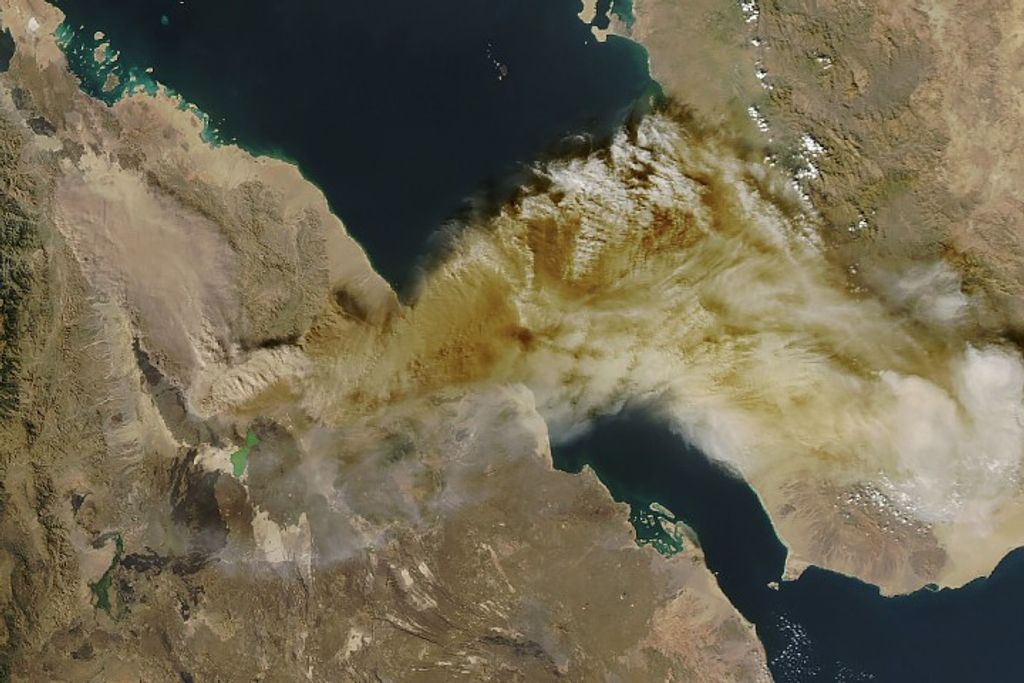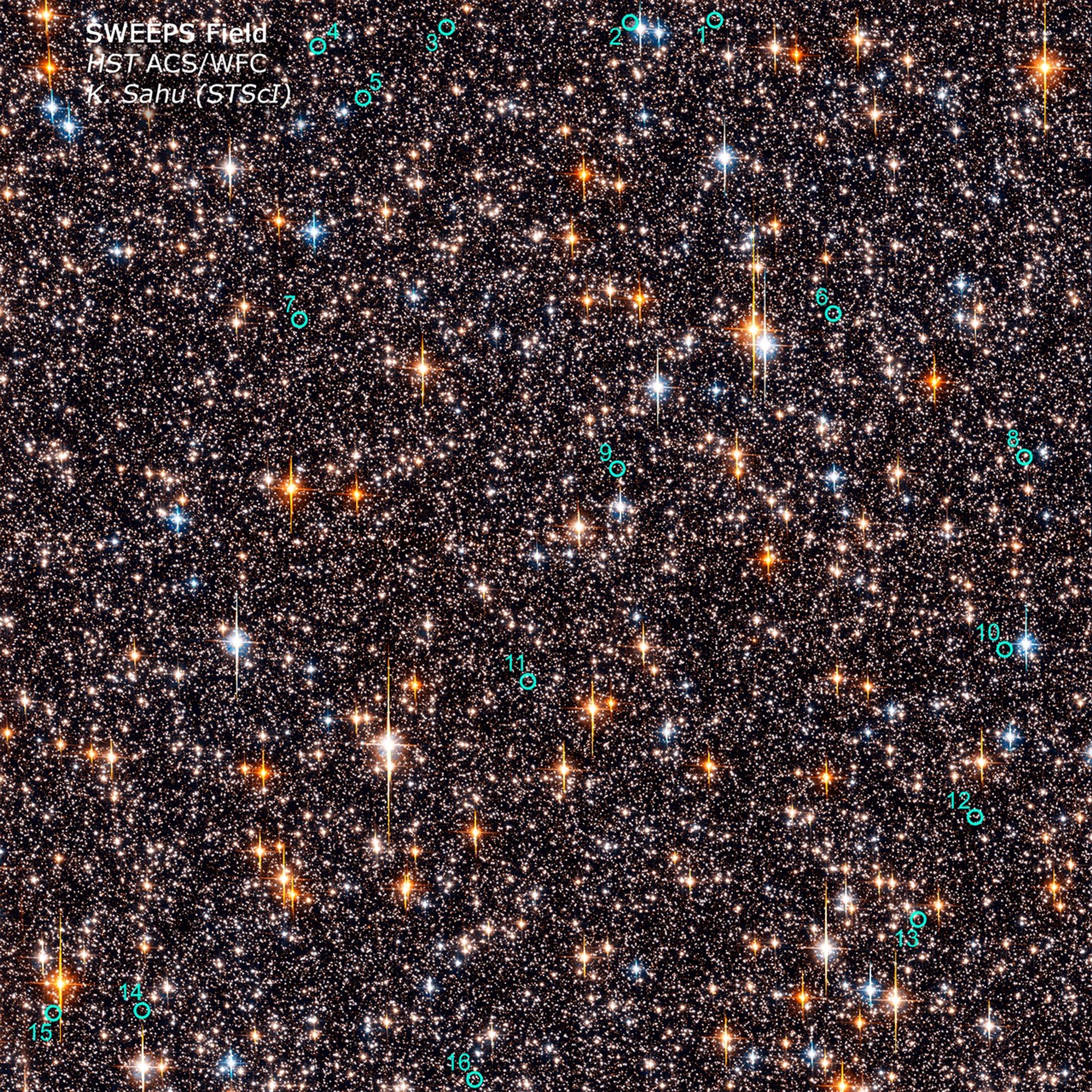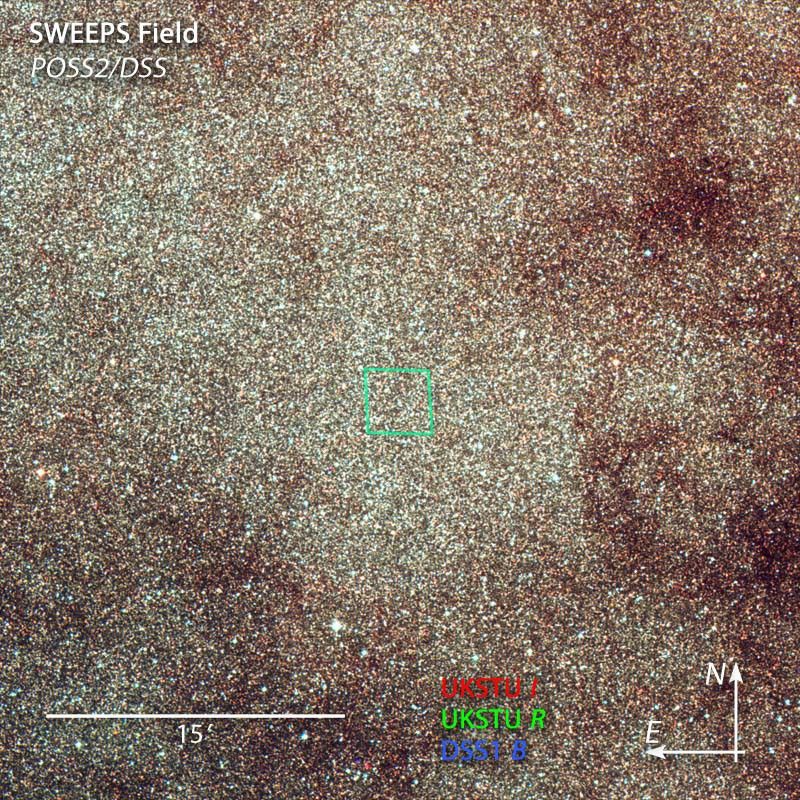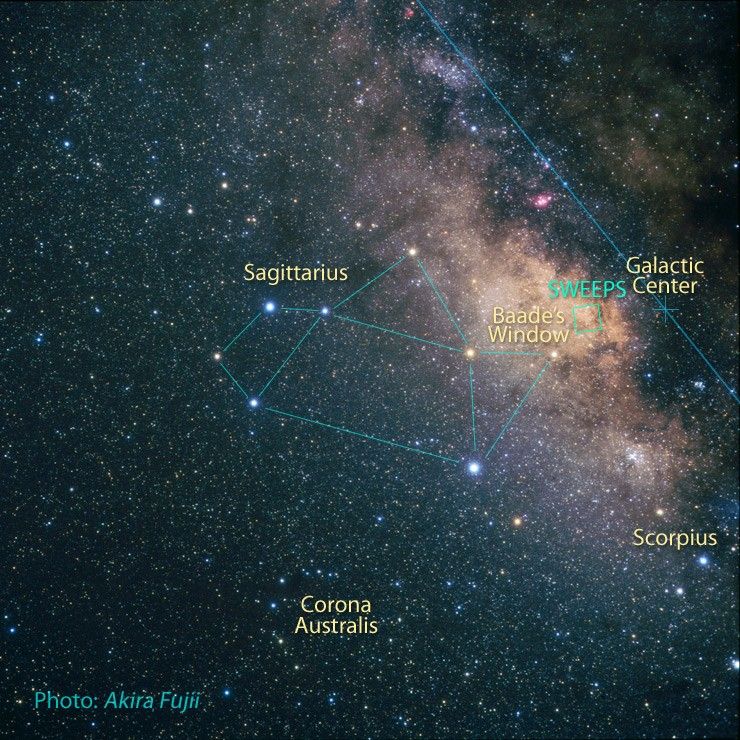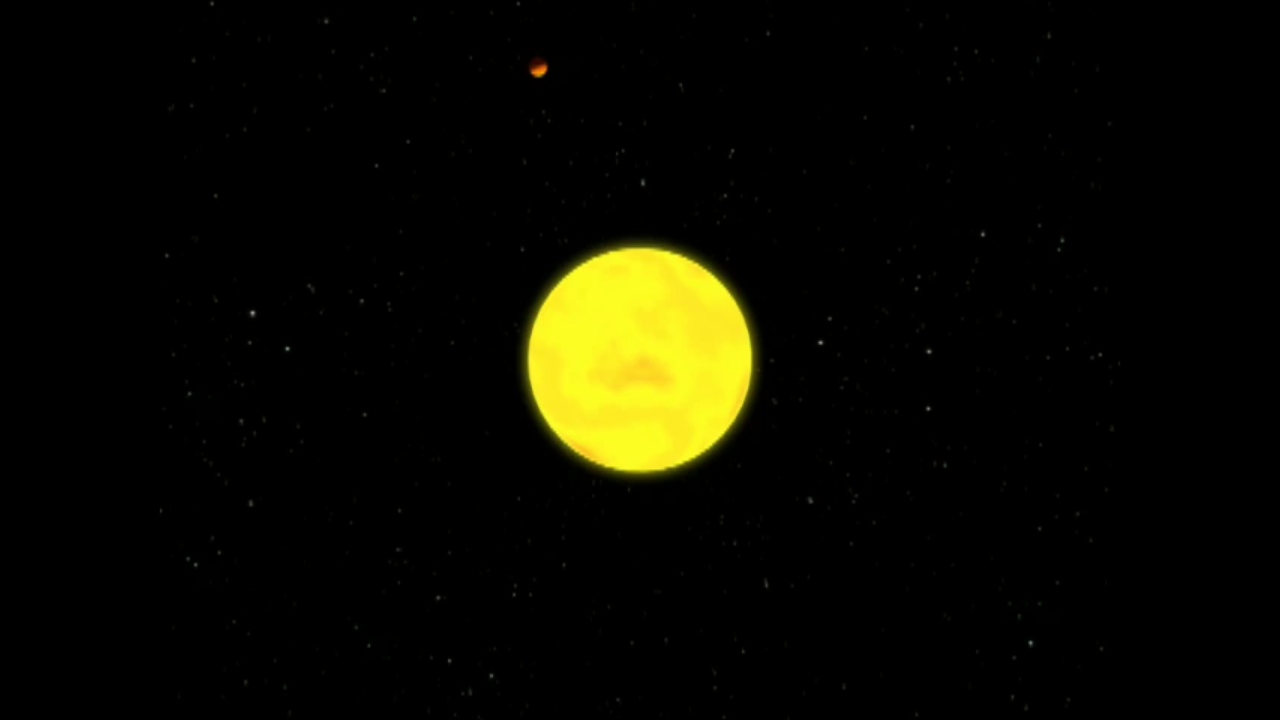1 min read
Artist’s Impression of a Transiting Exoplanet

- Release DateOctober 4, 2006
- Science ReleaseHubble Finds Extrasolar Planets Far Across Galaxy
- Credit
Related Images & Videos
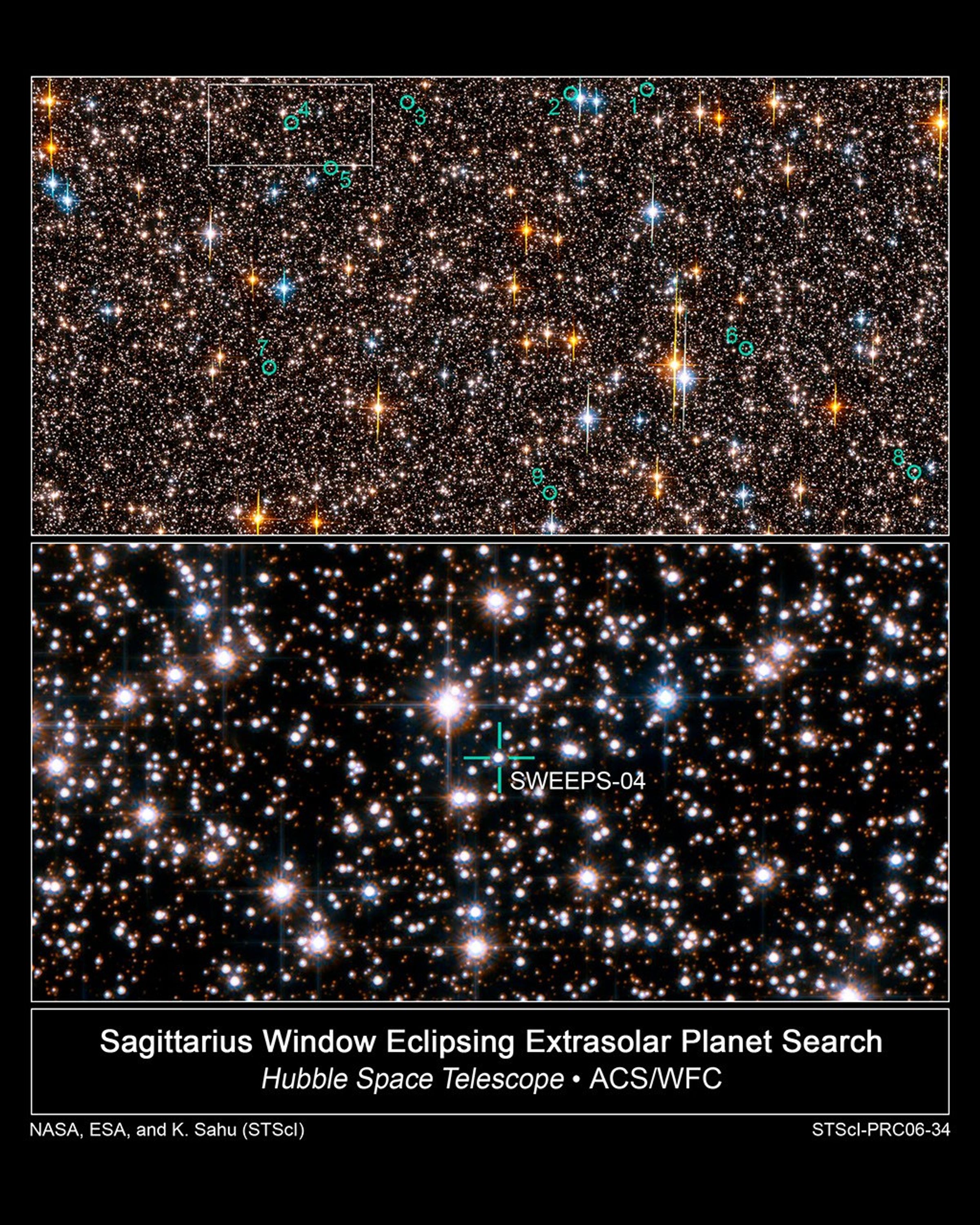
Hubble Exoplanet Search Field in Sagittarius
This is an image of one-half of the Hubble Space Telescope field of view in the Sagittarius Window Eclipsing Extrasolar Planet Search (SWEEPS). The field contains approximately 150,000 stars, down to 30th magnitude. The stars in the Galactic disk and bulge have a mixture of...

SWEEPS ACS/WFC Color Composite
Color composite of ACS/WFC images (V and I band filters) showing one-half of the Hubble Space Telescope field of view in the Sagittarius Window Eclipsing Extrasolar Planet Search (SWEEPS). The stars in the Galactic disk and bulge have a mixture of colors and masses. The field is...

Artist's Impression of an Ultra-Short-Period Planet
This is an artist's impression of a unique type of exoplanet discovered with the Hubble Space Telescope. The planet is so close it to its star that it completes an orbit in 10.5 hours. The planet is only 750,000 miles from the star, or 1/130th the distance between Earth and the...
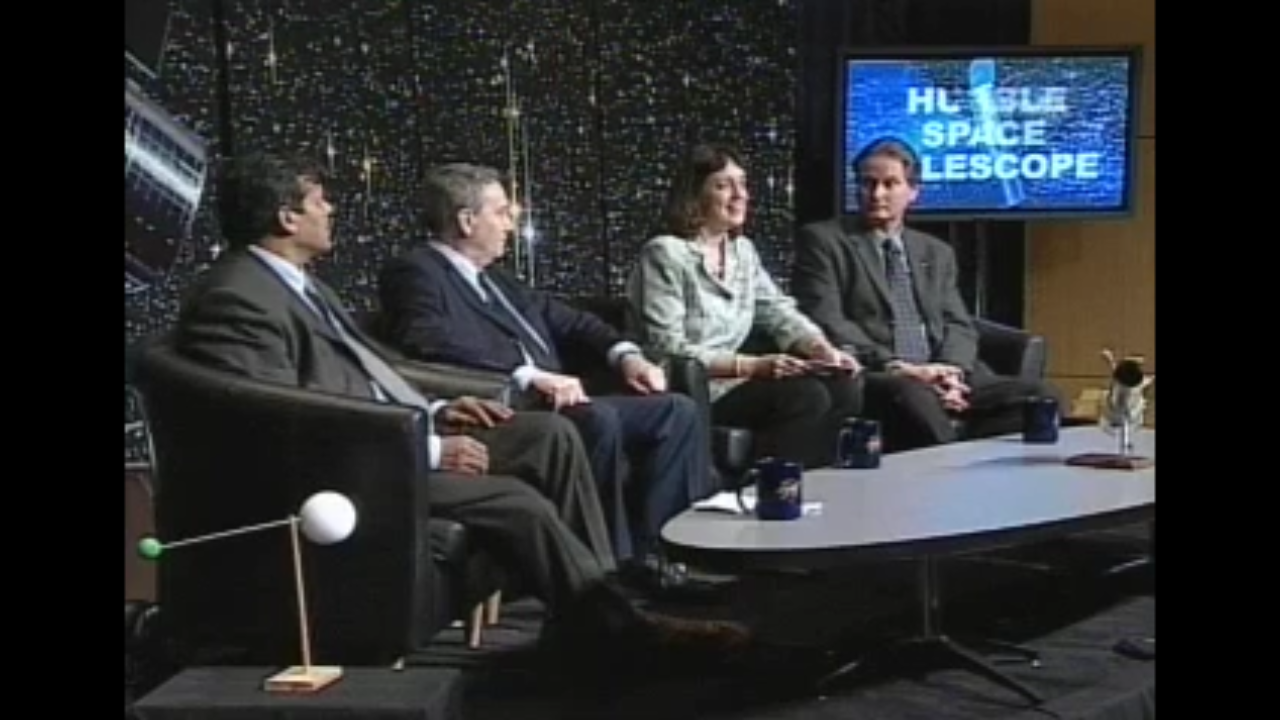
NASA Science Update: NASA's Hubble Discovers Extrasolar Planets Across Our Galaxy
NASA hosts a science update at 1 p.m. EDT, Wednesday, Oct. 4, to discuss a Hubble Space Telescope discovery of extrasolar planet candidates orbiting a variety of distant stars. Panelists: – Jennifer Wiseman, Hubble program scientist, NASA Headquarters – Kailash Sahu,...
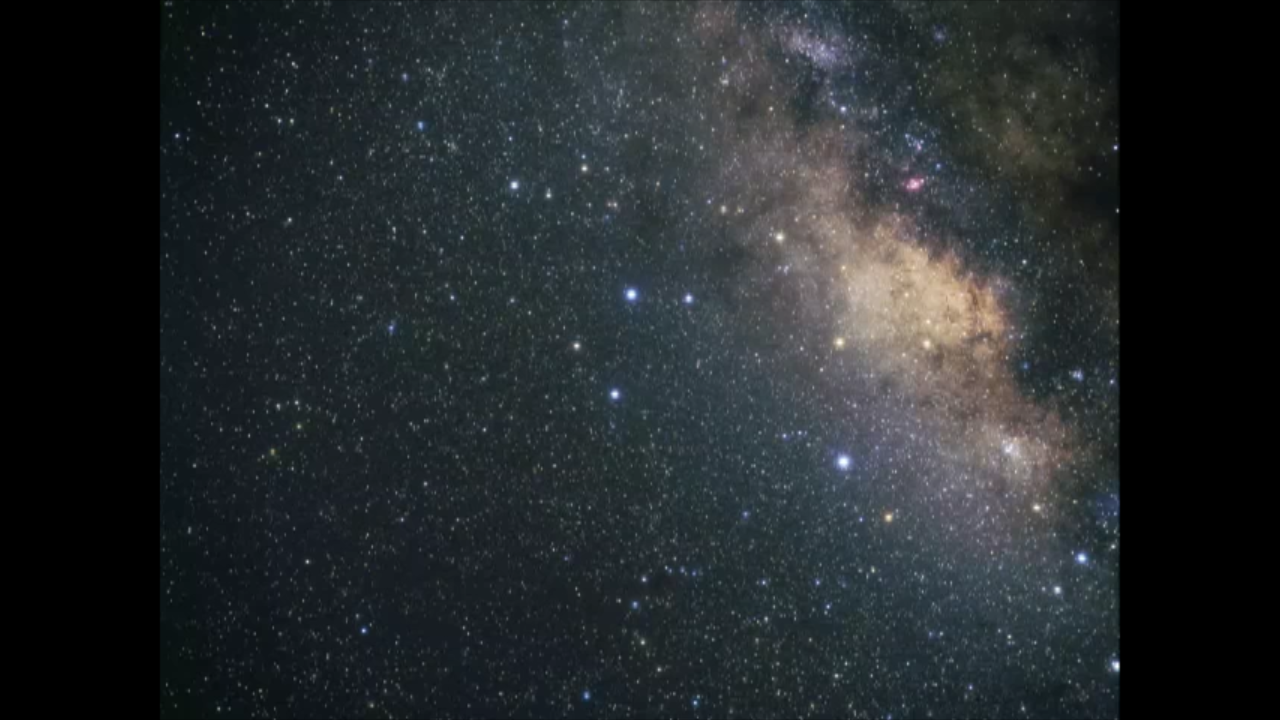
Zoom into SWEEPS Image
Zoom into the Sagittarius area of the nighttime sky, where Hubble looked into our Milky Way galaxy for extrasolar planets. The camera then zooms all the way into our galaxy's central bulge, where the view dissolves into an artist's interpretation of one of the orbiting planet...
Share
Details
Claire Andreoli
NASA’s Goddard Space Flight Center
Greenbelt, Maryland
claire.andreoli@nasa.gov









